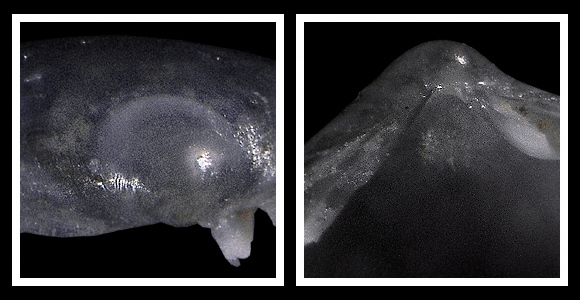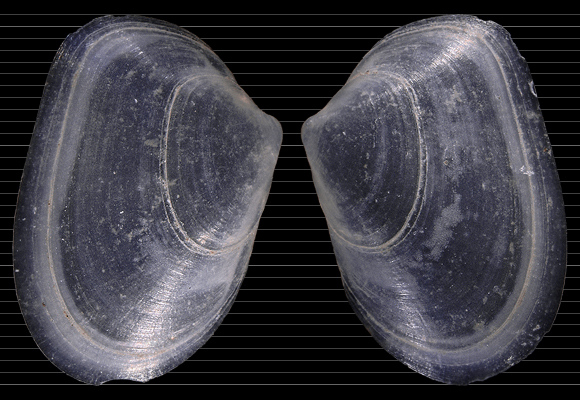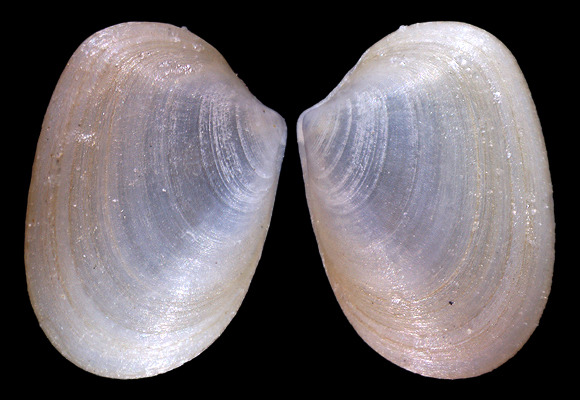
Previously placed in genus Mysella Angas, 1877.
Beachstormed, in tide pool, Plage de Vieille Nouvelle, Port-la-Nouvelle, Occitania, S. France. 3mm.
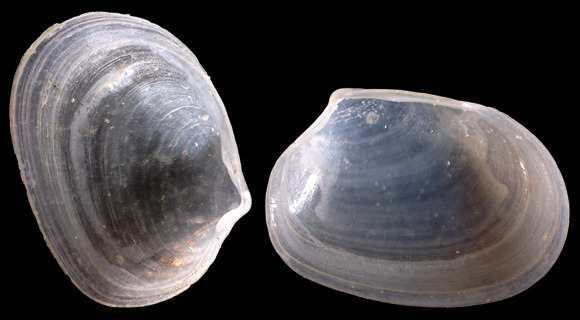
8m deep, Bozcaada island, Çanakkale, western Marmara province, NW. Turkey. 3,25-3,5mm.
« Mya. With a sub-oval, thin, compressed, dirty-white shell, destitute of striae or markings of any kind, but not glossy. Most times covered with extraneous matter that gives it a roughish appearance. Umbo small, placed near to one end, a little reclined. Inside smooth without any tongue or cicatrix. Hinge with two broad erect laminated teeth in one valve, none in the other ; these are placed each standing obliquely outwards from the beak, and not very close together ; and between them immediately under the beak is a slight cavity for the connecting cartilage. » – G. Montagu: Testacea Brittanica via BHL.
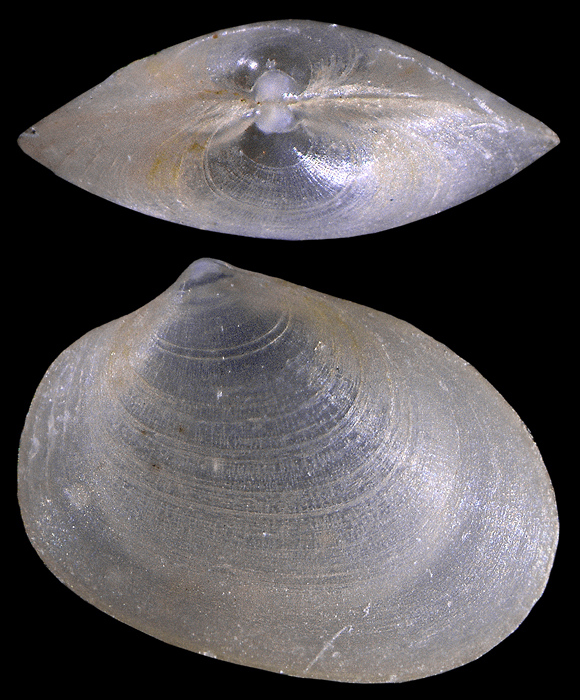
Unlike pollution-tolerant species such as Corbula gibba or most of the scavengers, Kurtiella bidentata is sentitive to hypoxia, especially when it is combined with the intense trawlings that characterize the XXth century. Hence, a place where bidentata is found can be considered as relatively preserved. Above and below: washed ashore specimen from Rochelongue beach, Agde, Hérault, S. France. 2,6mm.
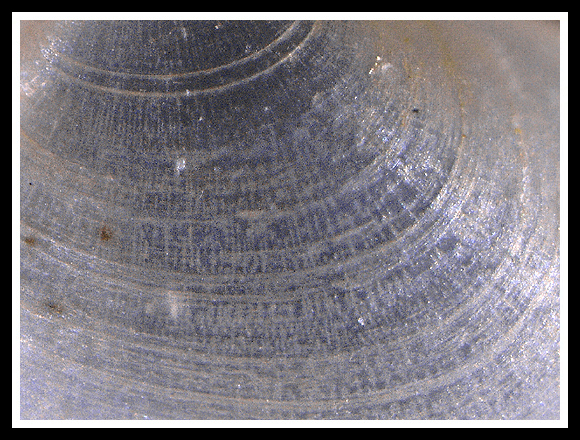
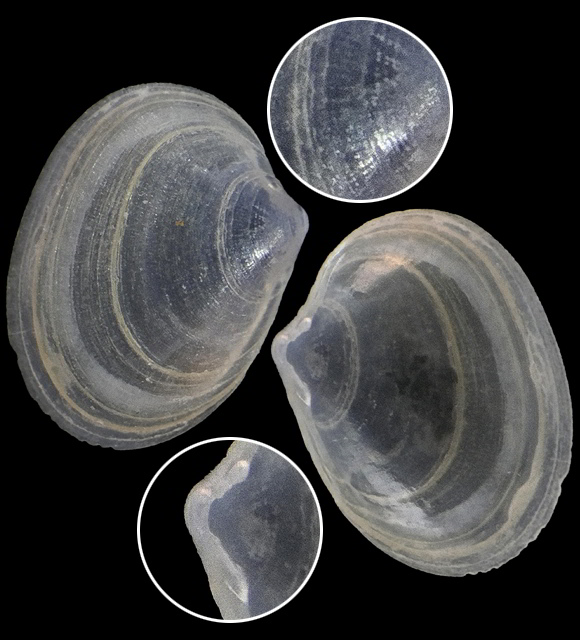
Original pictures provided by S. Clanzig (FR).
– (CC BY-NC-SA) –
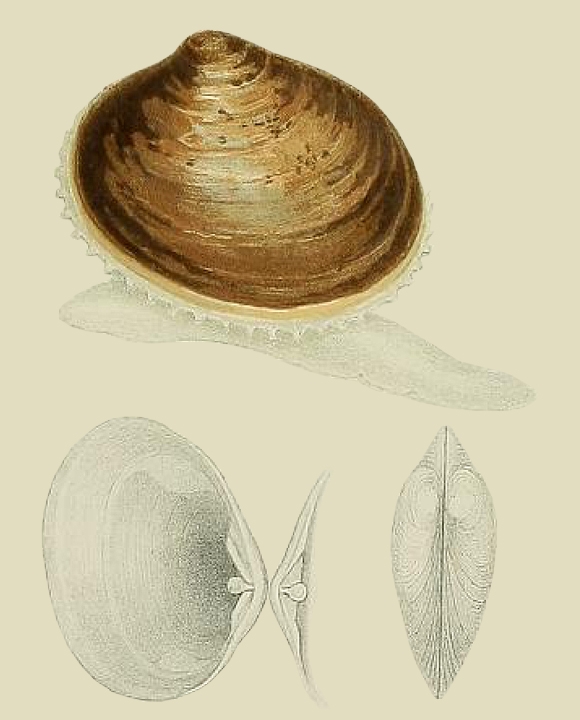
« Shell up to nearly 4 mm in length with mean l/h ratio 1.4, beaks situated towards the posterior ⅓, very slightly opisthocline. Prodissoconch 400-480µm in diameter, with distinct, smooth, elongate prodissoconch 1 and prodissoconch 2 with faint growth lines. Dissoconch with sculpture of fine commarginal lines and, rarely, radial microsculpture of indistinct divergent striae. Anterior part of cardinal platform straight, sloping down gently; posterior part slightly concave, sloping more abruptly. Lateral teeth well marked and diverging ca. 100° on righ valve, hardly more than a swelling of cardinal platform and diverging ca. 120° on left valve. Shell colour white on dissoconch and prodissoconch, with yellowish periostracum. » – Gofas & Salas: “A review of European ‘Mysella’ species”, Journal of Molluscan Studies vol. 74(2), Oxford 2008, p. 122.
